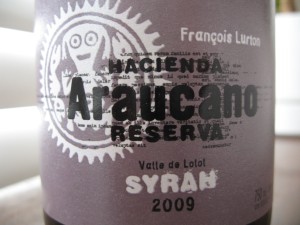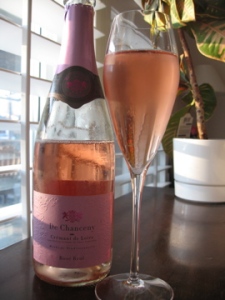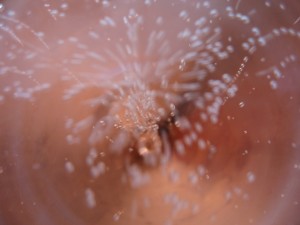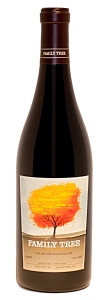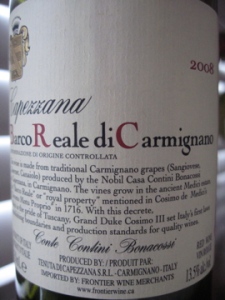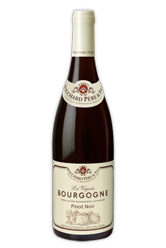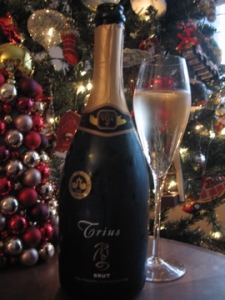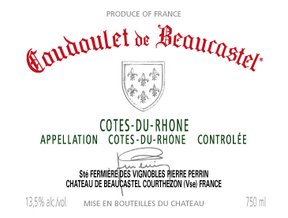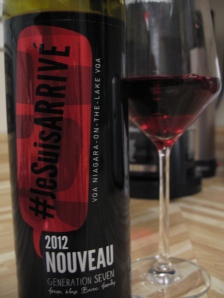 Generation Seven Gamay Nouveau 2012 VQA Niagara-on-the-Lake is the Bosc family’s (Chateau des Charmes) take on ‘nouveau’ wine, and I think it’s definitely worth snapping up a few bottles. After all, the holidays are almost here and this is a fun, celebratory wine to share with friends and family – it would also be a great accompaniment to Xmas turkey!
Generation Seven Gamay Nouveau 2012 VQA Niagara-on-the-Lake is the Bosc family’s (Chateau des Charmes) take on ‘nouveau’ wine, and I think it’s definitely worth snapping up a few bottles. After all, the holidays are almost here and this is a fun, celebratory wine to share with friends and family – it would also be a great accompaniment to Xmas turkey!
Nouveau Wine
‘Nouveau’ wine is sold the same year in which it is harvested, which means it finished fermentation only a couple of weeks before it’s bottled and ready for purchase. It’s amazing to think that only 2 short months ago the Gamay grapes that were used to make this fresh, young wine were still hanging in the vineyard!
The ‘nouveau’ or ‘primeur’ style of wine was made popular in the Beaujolais region of France when Georges Duboeuf challenged other nouveau producers to a race to see who could be the first to get their newly fermented wine to the Paris market. The race was a huge marketing success and in 1985, the third Thursday of November became the official release date of Beaujolais Nouveau.
Tomorrow, being the third Thursday of November, the Generation Seven Gamay Nouveau 2012 will be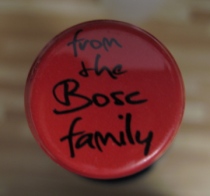 released at the LCBO, the winery, and the website, for only $11.95. The label conveniently sports the wine’s own hashtag, #JeSuisARRIVÉ, so you can share your thoughts with others in the Twitterverse about this yummy wine.
released at the LCBO, the winery, and the website, for only $11.95. The label conveniently sports the wine’s own hashtag, #JeSuisARRIVÉ, so you can share your thoughts with others in the Twitterverse about this yummy wine.
Tasting Notes
This wine is bursting with red fruit aromas and flavours – including strawberry, raspberry, plum, and cherry – along with a hint of fresh herbs. It’s soft and fruity and very quaffable. Serve it slightly chilled. This wine is meant to be enjoyed while it is still young and fresh, so it’s best if it’s consumed within a couple of months.
I suspect this Gamay Nouveau won’t last long at the LCBO, so pick up a few bottles to go with your Xmas turkey. It would also pair well with salmon and trout, baked ham, hotdogs, pizza, and roasted chicken.
This wine was received as a sample.
